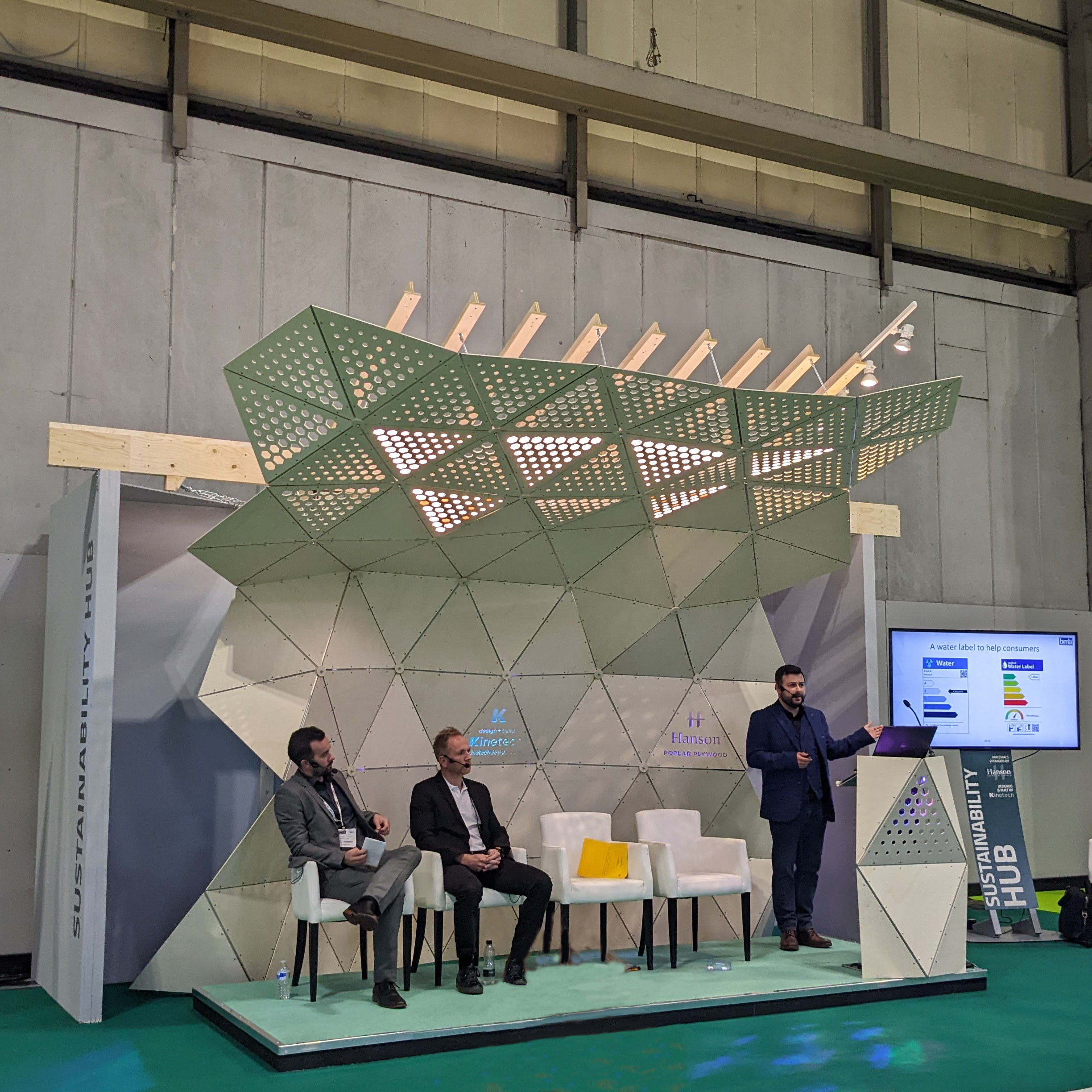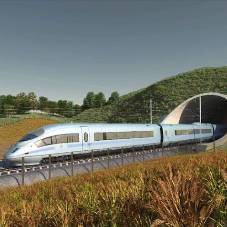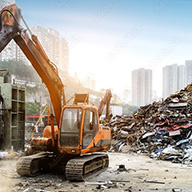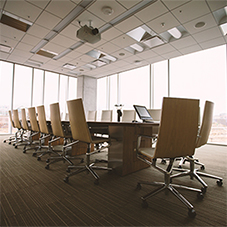Currently two of the hottest topics in the construction industry are Building Information Modelling (BIM) and sustainability. BIM has been credited for its ability to provide innovative, efficient buildings through closer collaboration and integration. It has also received wide acclaim for being extremely cost effective. With all the benefits that BIM offers, can it also help buildings go green?
The short answer to this question is yes. One of the core values of using BIM is that it can contribute to the design, construction and commissioning of buildings with lower environmental impacts, whether this is in the form of energy-efficiency, the cutting of carbon or for better use of fewer materials. Using BIM, designers have the option to run simulations to test daylight usage, heaters and air flow systems at any stage in the design process, staying ahead of the game and having confidence to design projects sustainably.
The key point when discussing BIM in tandem with sustainability is the fact that it gives managers, designers, architects and engineers an informed choice at the early stages of a development. It helps contractors reduce waste associated with the over-ordering of materials, whilst promoting a more efficient construction process. As well as being clever enough to understand how to put a building together, BIM will also allow industry professionals to have a better grasp of how that building should perform and later, how it might be taken apart. From the design stage to then monitoring how the building is performing, the data BIM provides.
BIM allows access to automatically calculated and current design data useful for environmental and heat-loss analysis, such as floor and surface areas and building volumes. This type of information is vital when designing sustainably, and allows designers the freedom to plan ahead with confidence. This is proof that BIM can provide immediate sustainability benefits, allowing designers to source materials efficiently and thus reducing waste by using the right materials and products in the right quantities for the job.
There is no doubt that greener buildings are becoming more frequent. Designing buildings with the idea of going green is now an extremely important part of the whole process. By embracing BIM and understanding the materials and tools at the design stages, you will be able to deliver a building that excels in terms of performance, efficiency, value for money and a greener environment for the inhabitants.
Related Blog Articles










